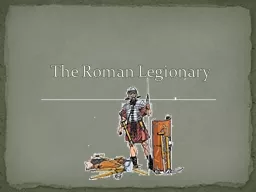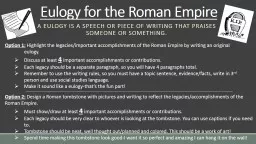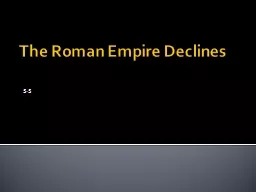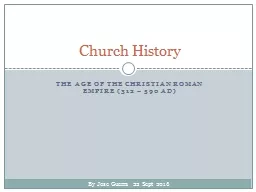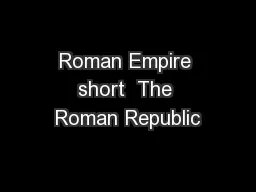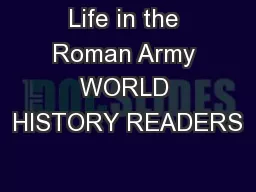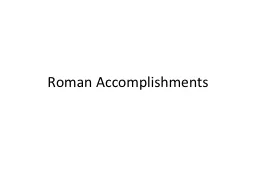PPT-The Roman Legionary
Author : stefany-barnette | Published Date : 2016-05-22
By 5851 BC the Roman army was professionalized Allegiance to commanders Various reasons for joining up 20 year active service plus 5 years veteran status Tough
Presentation Embed Code
Download Presentation
Download Presentation The PPT/PDF document "The Roman Legionary" is the property of its rightful owner. Permission is granted to download and print the materials on this website for personal, non-commercial use only, and to display it on your personal computer provided you do not modify the materials and that you retain all copyright notices contained in the materials. By downloading content from our website, you accept the terms of this agreement.
The Roman Legionary: Transcript
Download Rules Of Document
"The Roman Legionary"The content belongs to its owner. You may download and print it for personal use, without modification, and keep all copyright notices. By downloading, you agree to these terms.
Related Documents

